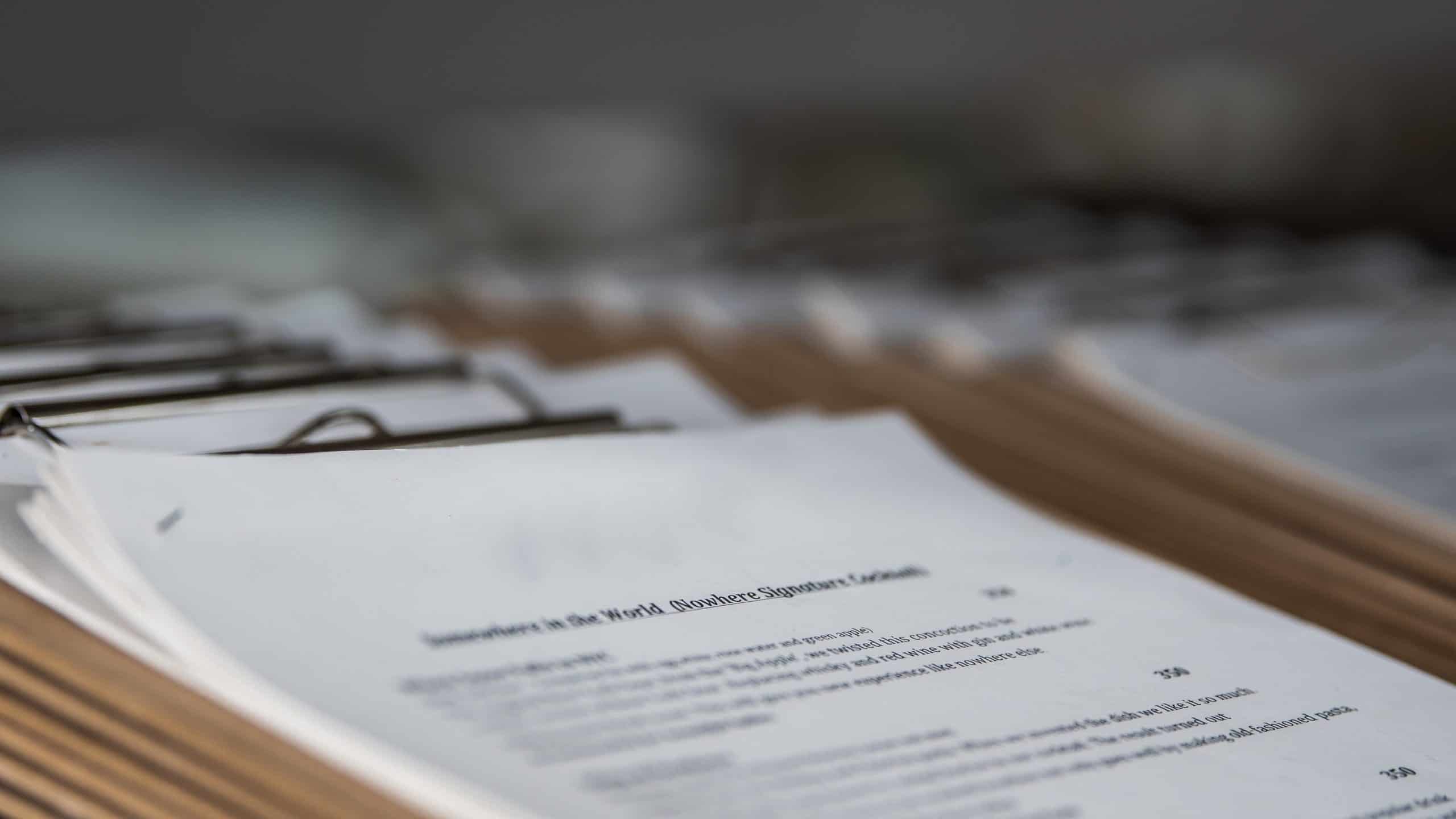On Monday, the International Financial Reporting Standards (IFRS) published its long-awaited guidelines for the disclosure of sustainability-related financial information and climate-related disclosures (called S1 and S2, respectively). These standards will be instrumental in achieving a unified, sustainable business reporting front on a global scale.
S1 and S2 offer businesses a clear and internationally applicable framework for sustainability reporting amid a complex landscape muddied with conflicting standards. Backed by the UN, the IFRS’ International Sustainable Standards Board (ISSB) brings credibility and authority to stakeholders and investors that have craved unified standards to clear this fog.
How Were S1 and S2 Crafted?
As outlined above, the ISSB’s S1 and S2 add to a lengthy list of similar and widely adopted sustainability reporting standards, so how do they fit in?
The ISSB’s new disclosure rules were formed with several frameworks and bodies in mind, such as the Sustainability Accounting Standards Board (SASB) and Global Reporting Initiative (GRI). By harnessing pre-existing, vetted structures like the SASB and GRI, companies won’t be forced to juggle conflicting guidelines depending on the region they conduct business in.
According to the Chairman of the ISSB, Emmanuel Faber, S1 and S2 were also organized in stride with the draft European Sustainability Reporting Standards (ESRS) from the European Union. And, to avoid duplication, the ISSB will issue guidance in the coming months for companies that wish to be aligned with both the ESRS and S1 and S2. This again illuminates the ISSB’s larger goal of moving closer to a unified reporting standard.
More, the new S1 and S2 rules were created with input from representatives from key markets, such as the United States, United Kingdom, China, Japan, and the EU. As a result, S1 and S2 lend themselves to being applied globally, something yet to have been seen in the realm of sustainability reporting.
This common language for reporting was created to be packaged in step with accounting requirements and alongside financial statements. This allows companies to directly communicate their sustainability and climate-related risks and opportunities with investors and stakeholders. With more precise standards that are closer to financial reporting, companies can illustrate key metrics, such as scope 1 and 2 carbon emissions, as part of a unified lexicon.
How Will S1 and S2 be Applied?
S1 and S2 will be embraced by specific nations in the coming months, with Canada, Great Britain, Singapore, Nigeria, Japan, and others considering adoption at present. Nations that pursue adoption will give corporations specific, straightforward guidelines for reporting.
Otherwise, the adoption of S1 and S2 will remain voluntary. However, it behooves companies to get ahead of the curve.
Why Should Companies Take Notice?
Even in their infancy, S1 and S2 are making waves in corporate boardrooms across the globe. Investors, stakeholders, and consumers have been yearning for a unified, global sustainability reporting standard, and that day has finally arrived.
Even if a company’s country of incorporation doesn’t adopt the new ISSB standards, a country where that company does business very well may. In fact, companies outside the EU may be grappling with this already as they ramp up to be compliant with the ESRS. Likewise, S1 and S2 should be treated as the keys that will continue to unlock the world for your business.
We’ve discussed a similar situation, where companies shouldn’t wait for the impending SEC guidelines on disclosure rules (which are now expected in October after many delays). The same principle applies here. In fact, it stands to reason that the SEC’s rules will follow, in many cases, to a T, S1, and S2.
Implementation, even when legally required by your country of incorporation, does come with some guardrails. The ISSB has reassured companies that scope 3 emissions (those that occur all along a value chain) have a one-year buffer in place. That means companies will be given some leeway and time to properly map their value chains in full, which is an expensive and time-consuming endeavor.
Therefore, companies can give themselves even more time to get their sustainability reporting ducks in a row if they act now. Enormous savings in time, money, and stress can be earned if companies prioritize S1 and S2 adherence now. It’s a no-brainer that it’s better to be your own taskmaster than the government, right?
Perhaps more importantly, however, is that companies can reward their investors and stakeholders with the data they have been hankering for: clear, concise, and vetted sustainability and climate-related opportunities and risk exposure.
Certainly, getting to that point is not an easy task. Thankfully, our experts can be in your corner to guide you through the entire process.
At Longview Strategies, we bring the expertise, guidance, and experience you’ll need. If you want to explore how to improve your sustainability reporting or align it to a global framework, let’s get in touch.




